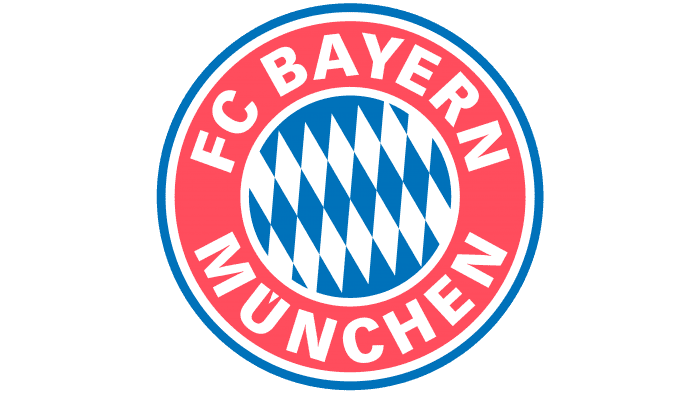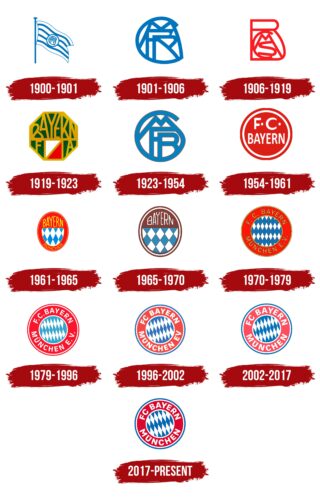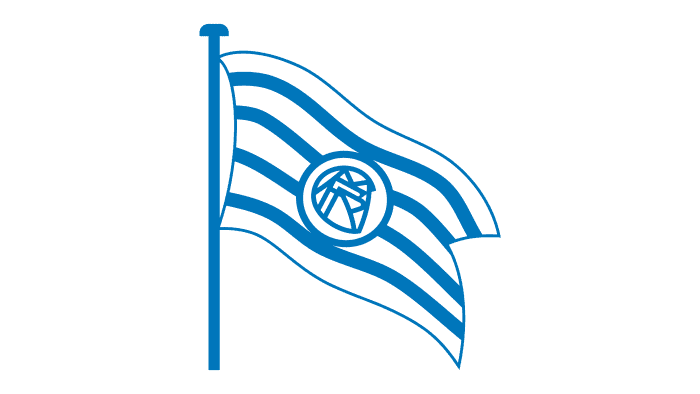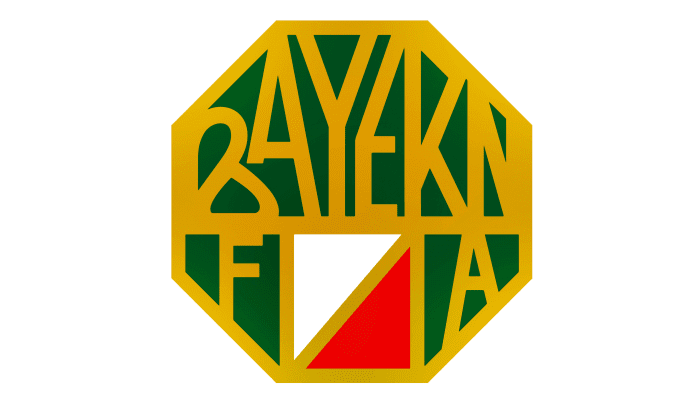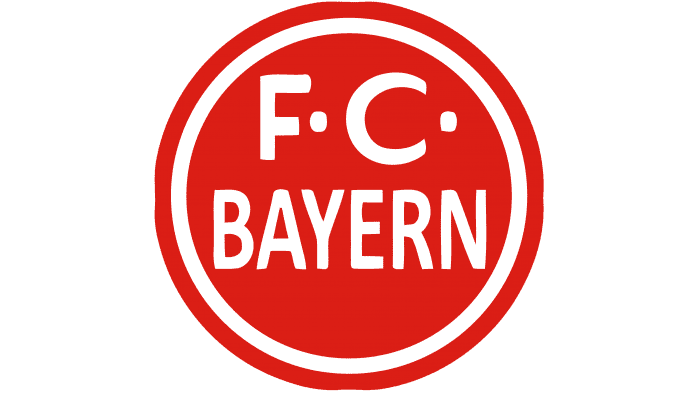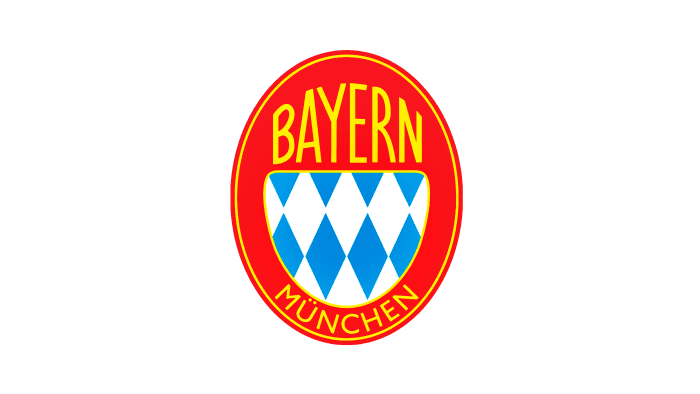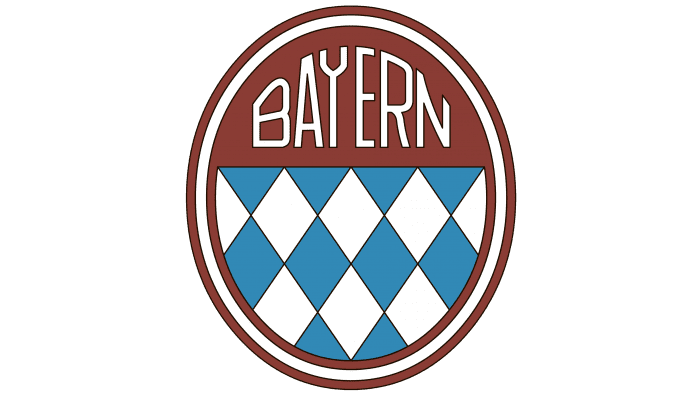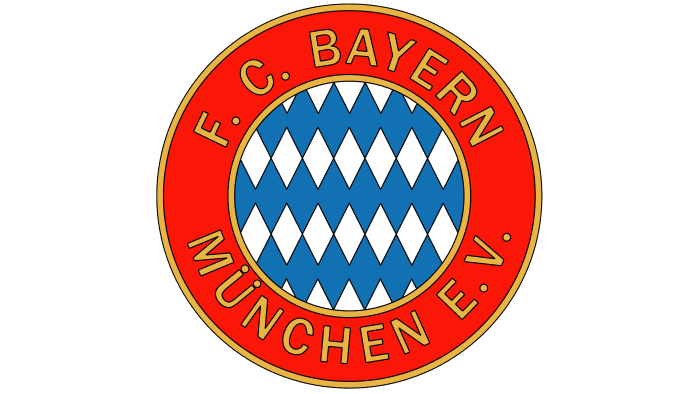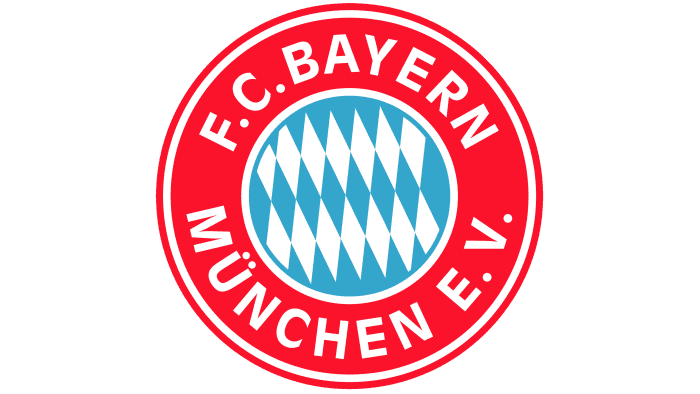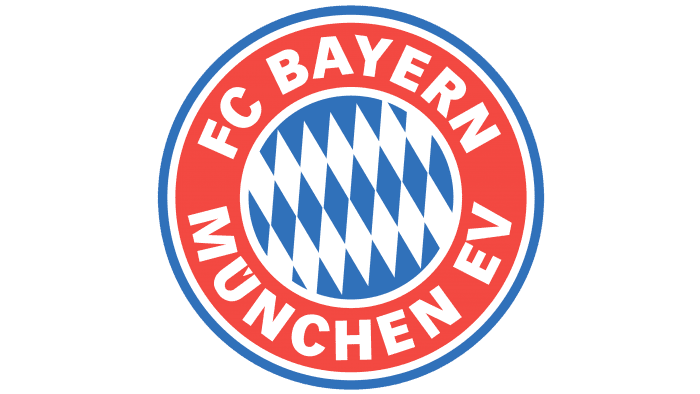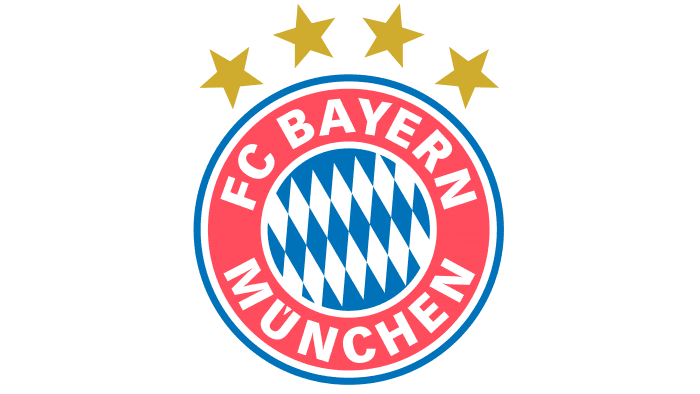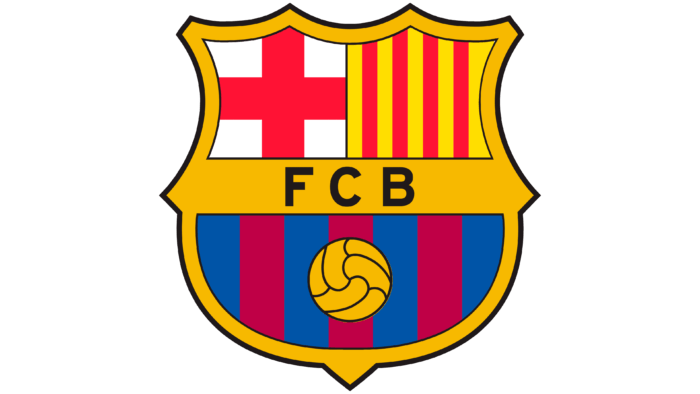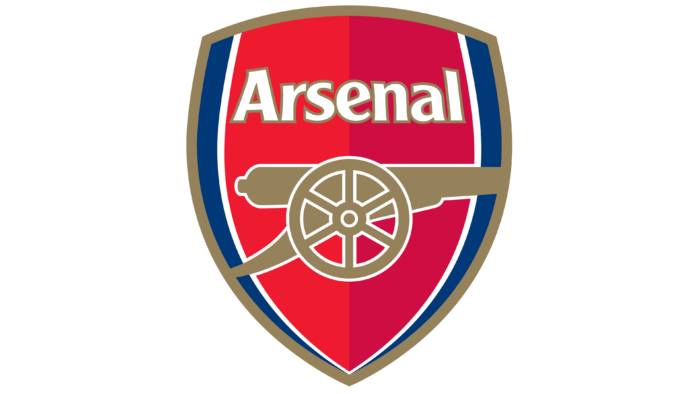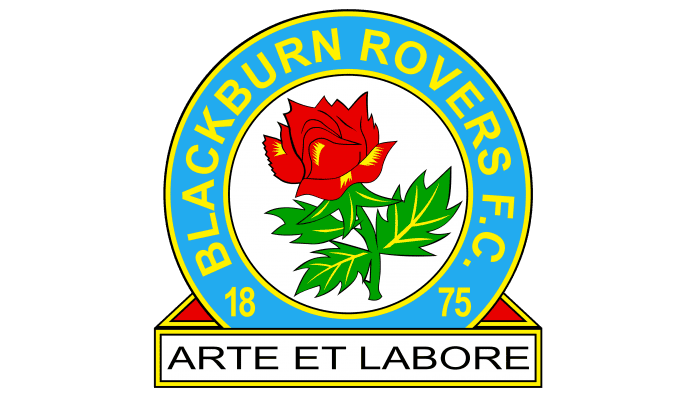The color scheme and pattern that distinguish the emblem of FC Bayern Munich pay homage to the coat of arms of the Wittelsbach dynasty. The emblem’s symbolism demonstrates the club’s commitment to its history and pride in its national identity. Its simplicity has ensured recognizability.
FC Bayern Munchen: Brand overview
| Founded: | 27 February 1900 |
| Headquarters: | Munich, Bavaria, Germany |
| Website: | fcbayern.com |
It’s hard to accept, but the football team Bayern has been around for over 100 years. However, these “old bones” are strong enough to crush their enemies. It all started with a schism back during the German Empire on February 27, 1900. Eleven Guys, led by Franz John, felt too cramped under the same roof as the Munich Gymnastics Association MTV-1879. After draining their glasses in the “Gisela” tavern, they wanted to create the football club FC Bayern München, named after the land where Munich stands.
Fans give the team a slightly different nickname – “Bavarians.” If you want to pronounce the full version of the club’s name, take a deep breath because it’s quite long – “Club Bayern München eingetragener Verein.” By the way, artist Wilhelm Focke, one of the founders, later went into aircraft construction and, along with his brother, created a workshop that grew into the Focke-Wulf factories.
Meaning and History
Of the seven districts of Bavaria, three belong to Franconia: Upper, Middle, and Lower. The red color of the Franconia coat of arms has existed for 109 years. Hence, the players have the nickname “red pants.” When they play, the “Allianz Arena” lights up in red, not blue, like at the “Munich 1860” matches.
The diagonal white and blue pattern “migrated” to the logo of the football club Bayern from the coat of arms of the Wittelsbach dynasty, which ruled Upper Bavaria from 1240 to 1918. The founder of this line, Otto I, nicknamed the Red, became infamous (in a bad sense) for being excommunicated by the Pope from the church for insulting a bishop.
The logo of the football club Bayern Munich has changed many times. There were emblems, many of which were similar to each other, but there were also those that were radically different from the previous ones. Only since 1965 has the Bayern emblem acquired modern features.
There’s a Bundesliga regulation rule: for three championships, one star is added to the club’s emblem; for five titles – two, for ten – three, for twenty – four. Bayern’s emblem can contain four stars for a 25-time championship in Germany.
What is FC Bayern Munich?
FC Bayern is a prestigious German club that has been delighting fans with its victories for over 120 years. It was founded on February 27, 1900, and since then has won numerous national cups and titles. It’s now one of the most successful sports organizations in Germany. In 2014, it ranked fourth in Forbes’ list of the world’s best sports teams.
1900 – 1901
In 1900, eleven members of the sports association MTV München created FC Bayern to be able to join the German Football Association. At the same time, they began using the emblem with a flag, which in vexillology is called a “swallow’s tail” due to its characteristic triangular cut.
The symbol is adorned with alternating horizontal stripes of white and light blue. In the center of the fluttering banner is a monogram of intertwined letters “FCBM” in a circle. All elements of the logo are white or light blue, as these are the official colors of the “Freistaat Bavaria.”
1901 – 1906
Experts studying the history of the football club Bayern have not yet determined the exact year this emblem was used. Some believe it began to be used in 1901; others lean towards the club adopting it in the early 1920s after several reorganizations.
In any case, the emblem contains the initials FCBM. Outside is a large stylized letter “C,” which serves as the basis for the rest of the letters. Above the letter “F” looms the letter “M.” In the bottom right corner is the letter “B,” which is very similar in shape to “R.”
1906 – 1919
In 1906, the football club Bayern merged with the sports club “München” to get more money and influence. As part of the deal, it had to adopt the colors of its new partners: white and red. However, the club maintained some independence, calling itself F.A. Bayern im Münchner SC (the abbreviation “F.A.” means “Fußballabteilung” or “football department”).
All this was appropriately reflected in the logo, which was no longer light blue. Its base is a large letter “B”. The monogram “MSC” is located in the lower inner letter space.
1919 – 1923
In 1919, FC Bayern left the MSC because the organization decided to focus on other team sports: tennis and field hockey. FC Bayern immediately came under the control of TS Jahn, which, as a result of the merger, had to be renamed Turn- und Sportverein Jahn München.
Judging by the inscription, the logo presented here belongs to the period when the football club was called F.A. Bayern. Its base is a green octagon, outlined on the edges with yellow lines. The upper part of the geometric figure is occupied by the yellow word “BAYERN,” which touches the contour. The lower part of the polygon is divided into three fragments. In the side parts are the letters “F” and “A,” and in the middle – are two triangles of white and red.
1923 – 1954
In 1923, the football club Bayern again became independent and restored its original name. But at the same time, it did not abandon the red and white color scheme adopted in the Munich sports club.
The monogram “FCBM” became more legible: designers corrected its shape to avoid misinterpretations. The light blue letters received thin red outlines to match the new color scheme of the football organization.
1954 – 1961
This emblem consists of three concentric circles, one white and two red. Their combination looks like a large red circle surrounded by two wide rings. Inside is a white two-level inscription, “F.C. Bayern.” It used a bold sans-serif font. The letters seem blurry due to the rounded corners.
1961 – 1965
In the first half of the 1960s, an oval logo of bright red color appeared. Inside it, designers depicted a semi-oval adorned with blue and white diamonds. A similar geometric pattern is depicted on the “diamond flag” of the Freistaat “Bavaria.” Its use as an emblem of the football club is a manifestation of patriotism and national pride.
In the upper half of the oval is the yellow word “BAYERN” with unevenly enlarged letters. At the very bottom is the same yellow inscription, “MÜNCHEN,” curved in the form of a reverse arch.
1965 – 1970
At the end of the 1964-1965 season, the club entered the Bundesliga. In honor of this event, the emblem was updated, replacing the provocative bright red color with a more restrained burgundy brown. The white and blue diamonds have thin black contours, which make the drawing more distinct. The word “MÜNCHEN” disappeared, and “BAYERN” was repainted in white. In addition, in this version of the emblem, the oval has a double white-brown contour.
1970 – 1979
In 1970, an even more successful era began in the history of the football club, marked by the arrival of the new coach, Udo Lattek. During this period, the sports organization’s emblem turned into a rondel, which can be divided into two parts. Inside is a small circle with a pattern of white diamonds and light blue polygons. It’s surrounded by a wide red ring with the gold inscription “F.C. BAYERN MÜNCHEN E.V.,” where the last two letters mean “eingetragener Verein,” or “registered association.”
1979 – 1996
After the redesign, all gold elements became white, and the bright red color acquired a raspberry shade. Designers slightly changed the font and enlarged the letters to make the inscription clear. To do this, they had to reduce the central circle with the pattern. The blue and white diamonds are now positioned at an angle, making them more similar to the “Freistaat Bavaria” flag.
1996 – 2002
To attract attention, the authors of the logo further enlarged the inscription and removed the dots in the abbreviations. The pattern also changed slightly: now the lines of diamonds are shifted a little lower – obviously, for symmetry. The colors became more subdued. At the same time, the rondel acquired a blue contour, which was previously lacking for visual balance.
2002 – 2017
The club introduced a new emblem in 2002 when it managed to get into two prestigious football tournaments: the Champions League and the Bundesliga. Unlike previous versions, there’s no longer an abbreviation “E.V..” Removing the two letters allowed for increasing the length of the word “MÜNCHEN” to the length of the upper inscription. The colors became even paler than before.
2017 – today
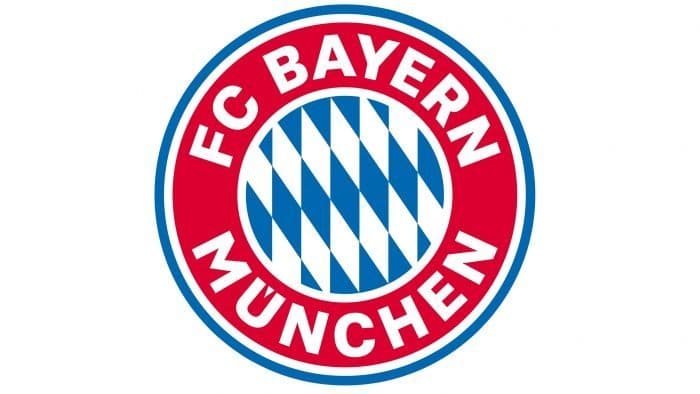
In the summer of 2017, the football club changed its logo again. This became known when one of the Facebook users saw new photos with the emblem of FC Bayern and noticed the mismatch in the font. Official representatives of the organization confirmed that the redesign was indeed carried out.
Graphic designer Daniel Nyari provided more detailed information. He reported that instead of pale red, a warm dark raspberry color is now used, and instead of blue, dark blue. In addition, the inclination of the diamonds in the central circle changed, although they still do not fully match the pattern on the flag of the “Freistaat Bavaria.”
FC Bayern Munchen: Interesting Facts
Bayern Munich is a very famous soccer team from Munich, Germany. They have won a lot of games and trophies.
- How It Started: The team was created on February 27, 1900, by eleven soccer players, and Franz John was their leader. Even though it wasn’t the first club in Germany, it’s now the most successful one there.
- Lots of Wins: Bayern Munich has won the Bundesliga, the top soccer league in Germany, more than 30 times since 1963. This shows that they’re good at soccer in Germany.
- Wins in Europe: They’ve also won several times the UEFA Champions League, a big European tournament. This means they’re good not just in Germany but also in Europe.
- The Treble: They’ve won the Bundesliga, the DFB-Pokal (a German cup competition), and the UEFA Champions League all in the same season twice, in 2012-2013 and 2019-2020. This is a very hard thing to do and shows they’re a top team.
- Their Stadium: Since 2005, they’ve played at the Allianz Arena, a stadium known for its cool lights. It’s a modern and famous place for soccer.
- Youth Academy: They have a program for training young players, and many of these players become very good at soccer, playing for Bayern Munich or other teams.
- Owned by Fans: In Germany, clubs like Bayern Munich are mostly owned by their fans, not big companies. This keeps the fans very involved in the club.
- Fans All Over: Bayern Munich has fans worldwide because it plays exciting soccer and has great players.
- Helping Others: The team does a lot to help people, like supporting local communities and being involved in charity with their organization, FC Bayern Hilfe eV.
- Famous Players: Bayern Munich is known for having talented players, including some of the best soccer players, like Franz Beckenbauer, Gerd Müller, and Philipp Lahm.
Bayern Munich is known for being a great team with a lot of history, good players, and a strong connection to their fans. They’re one of the most important soccer clubs in the world.
Font and Colors
The bold sans-serif font used for the club’s name resembles Vectora Black. This serif-free font was created by Swiss typographer Adrian Frutiger and influenced by fonts such as News Gothic and Franklin Gothic.
The color palette of the logo corresponds to the official palette of the football club Bayern. Initially, the club was represented only by two colors: white and blue. However, after a temporary merger with MSC, it began to use a dark red hue in its symbolism.
FC Bayern Munchen color codes
| Medium Persian Blue | Hex color: | #0066b2 |
|---|---|---|
| RGB: | 0 102 78 | |
| CMYK: | 100 43 0 30 | |
| Pantone: | PMS 285 C |
| Foreign Crimson | Hex color: | #cd052d |
|---|---|---|
| RGB: | 205 5 45 | |
| CMYK: | 0 98 78 20 | |
| Pantone: | PMS 185 C |
